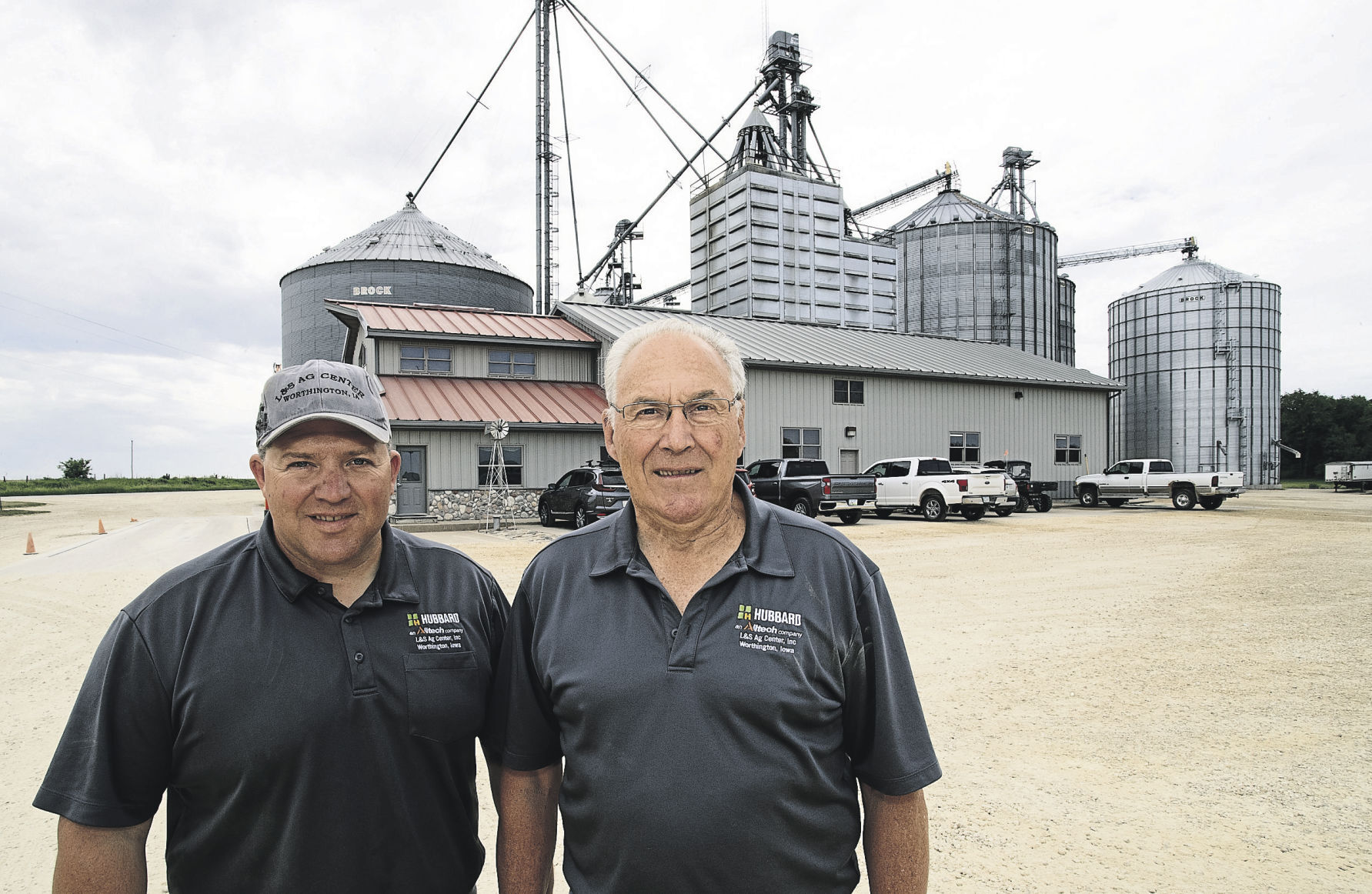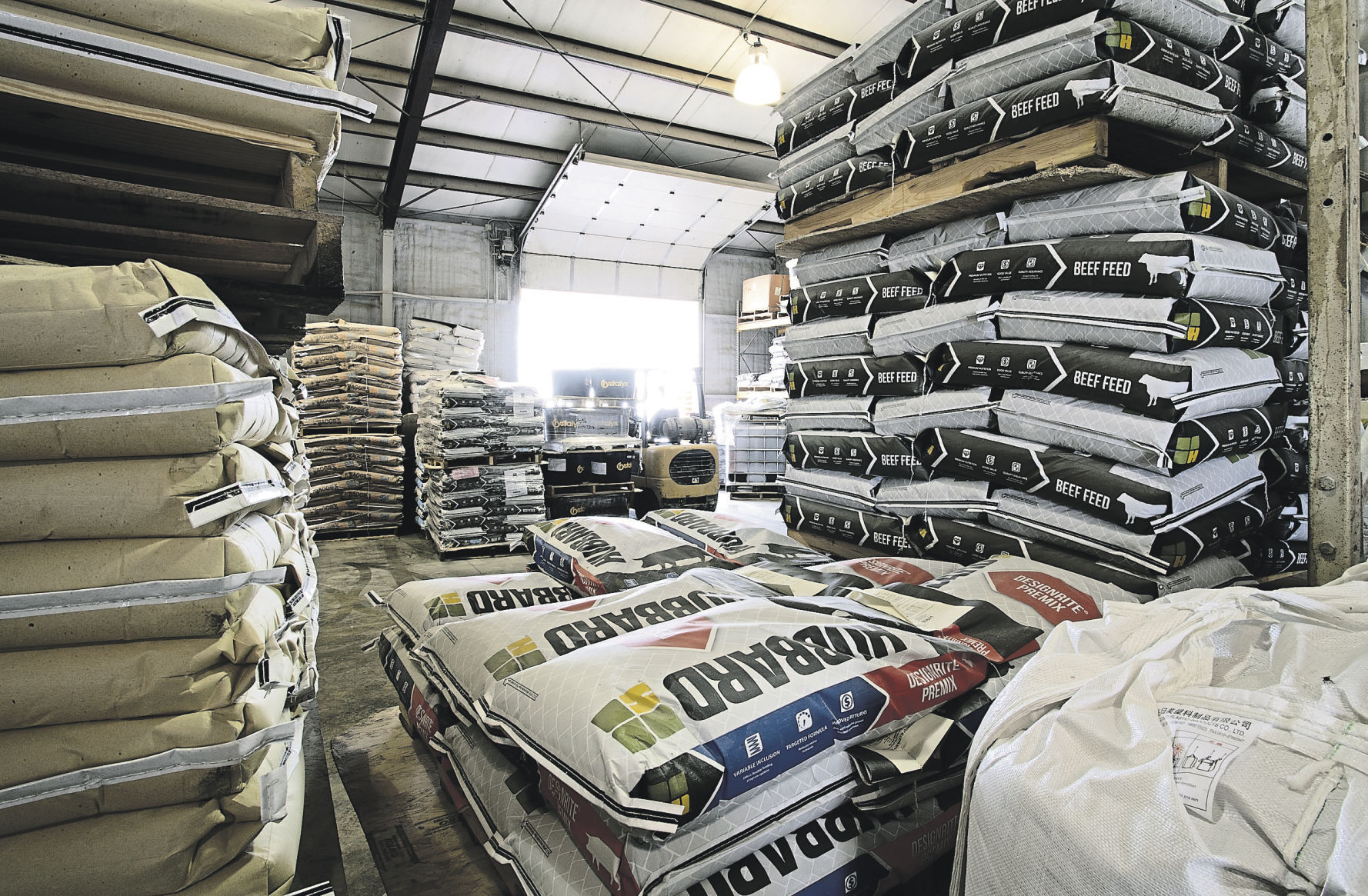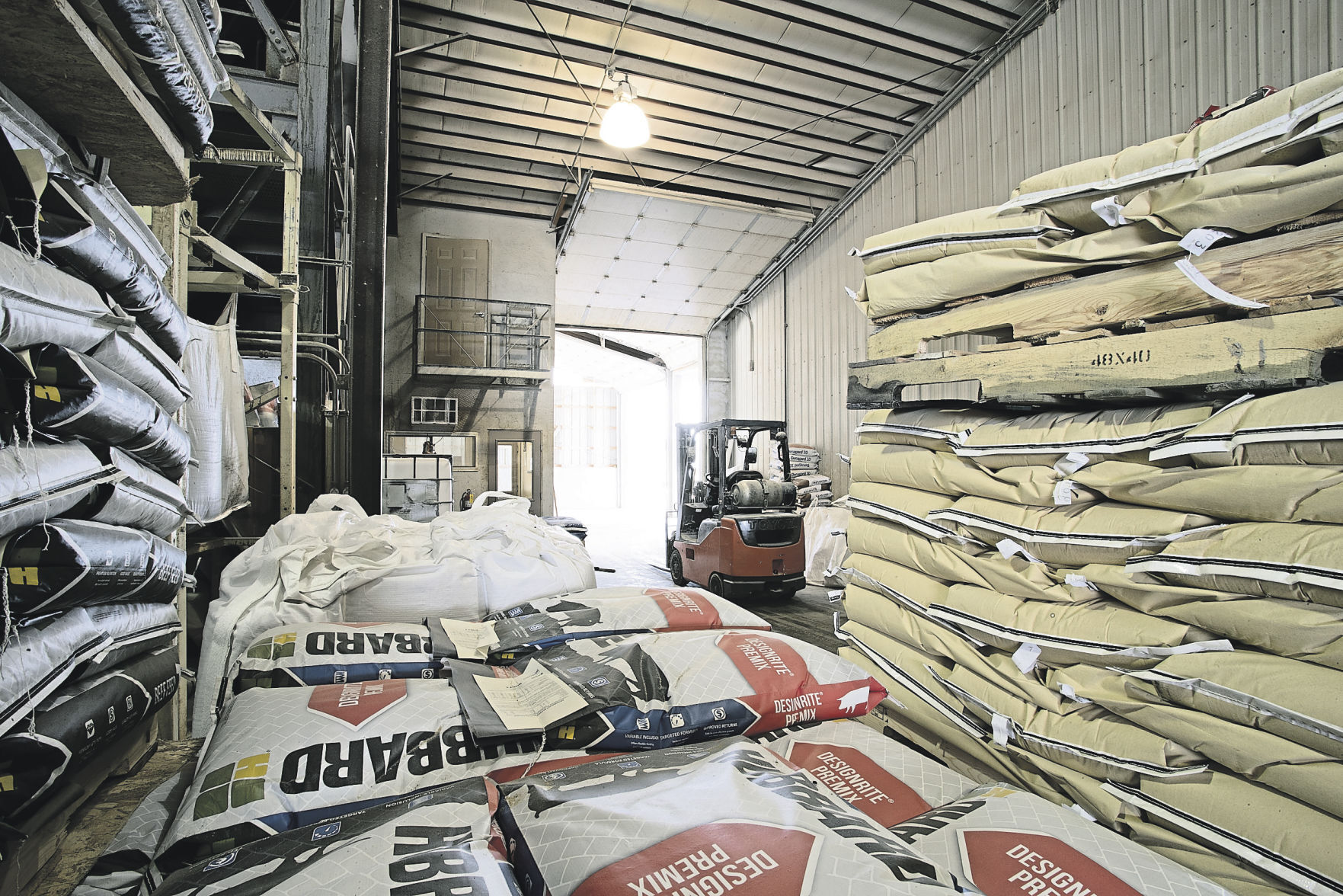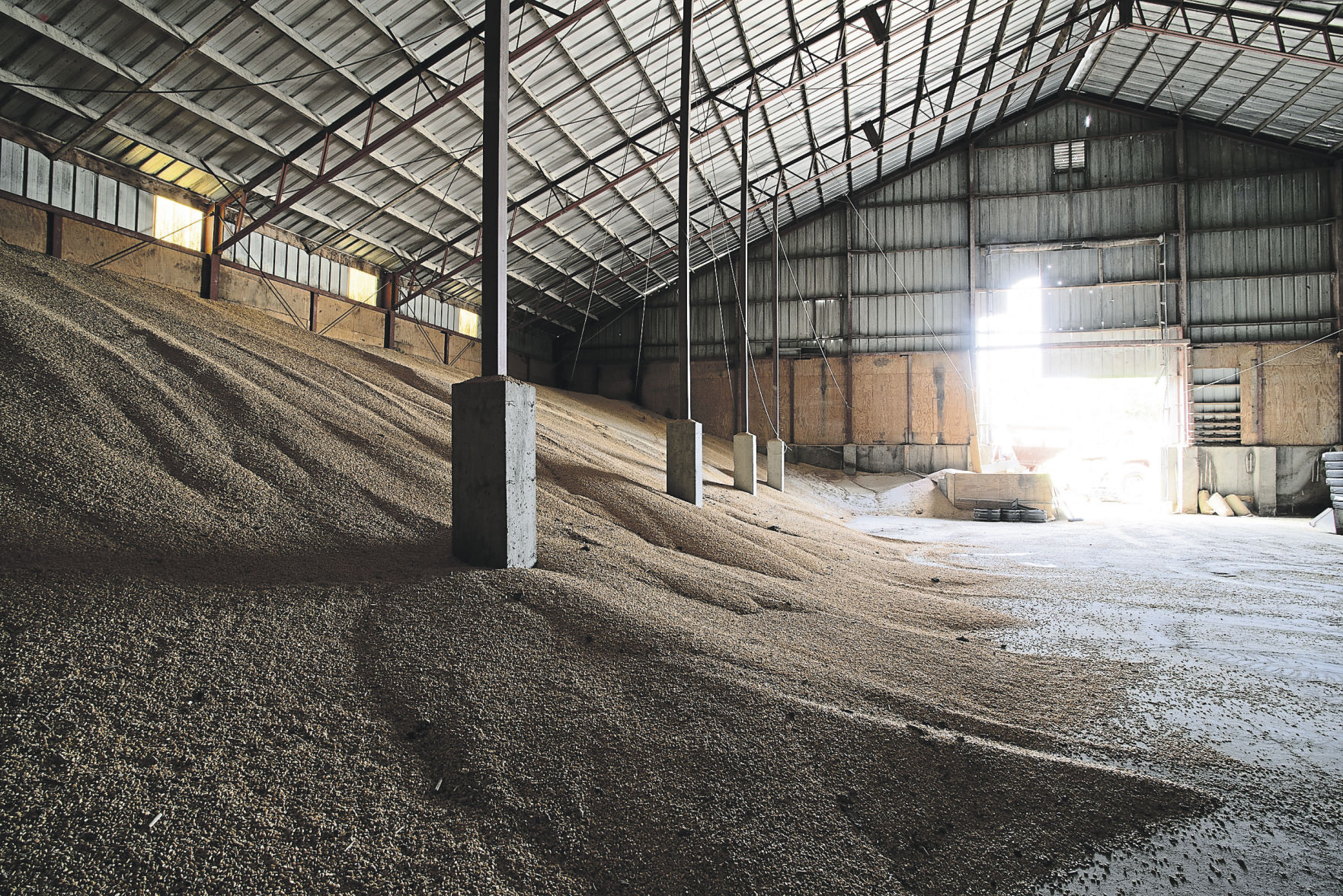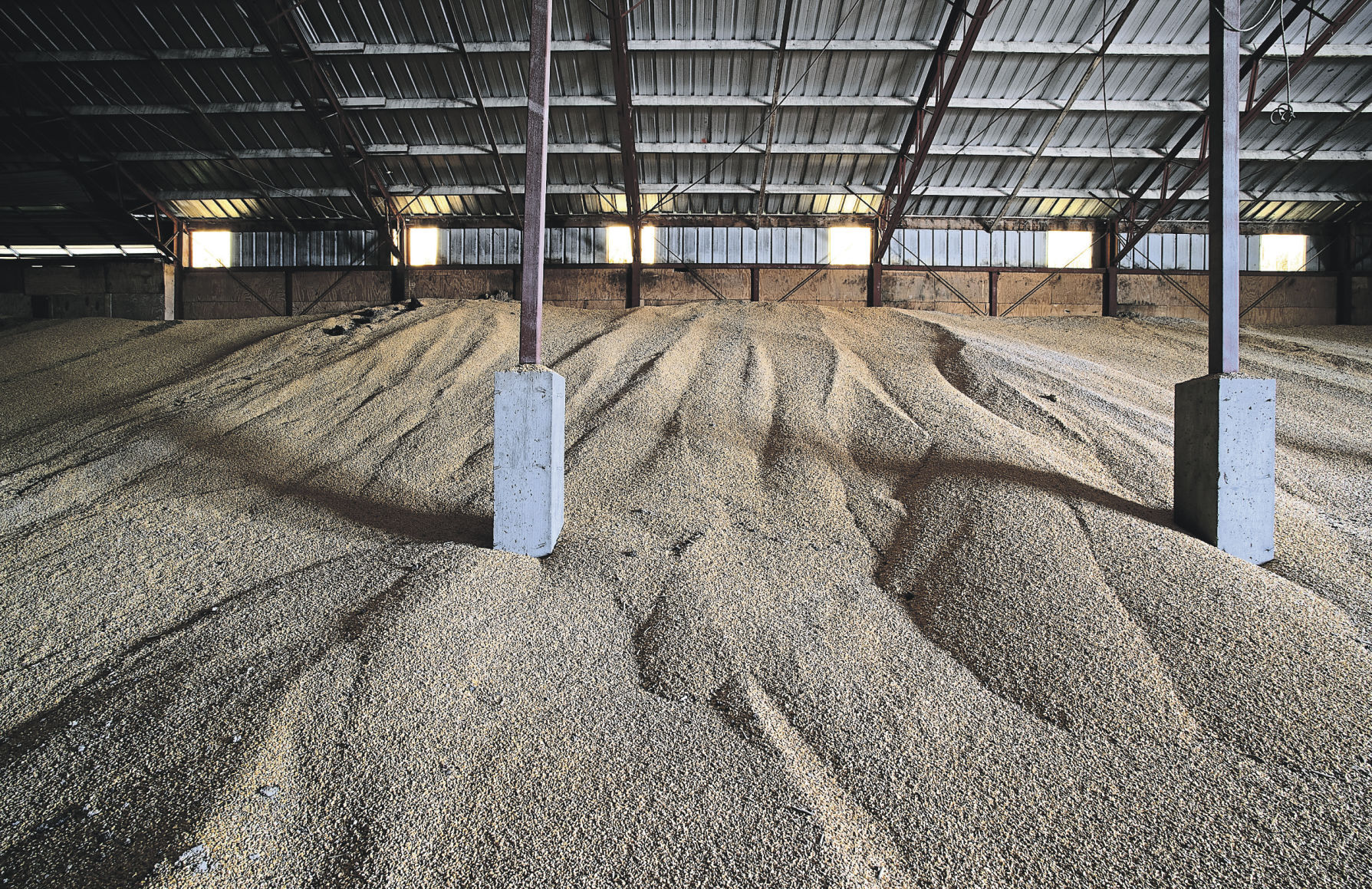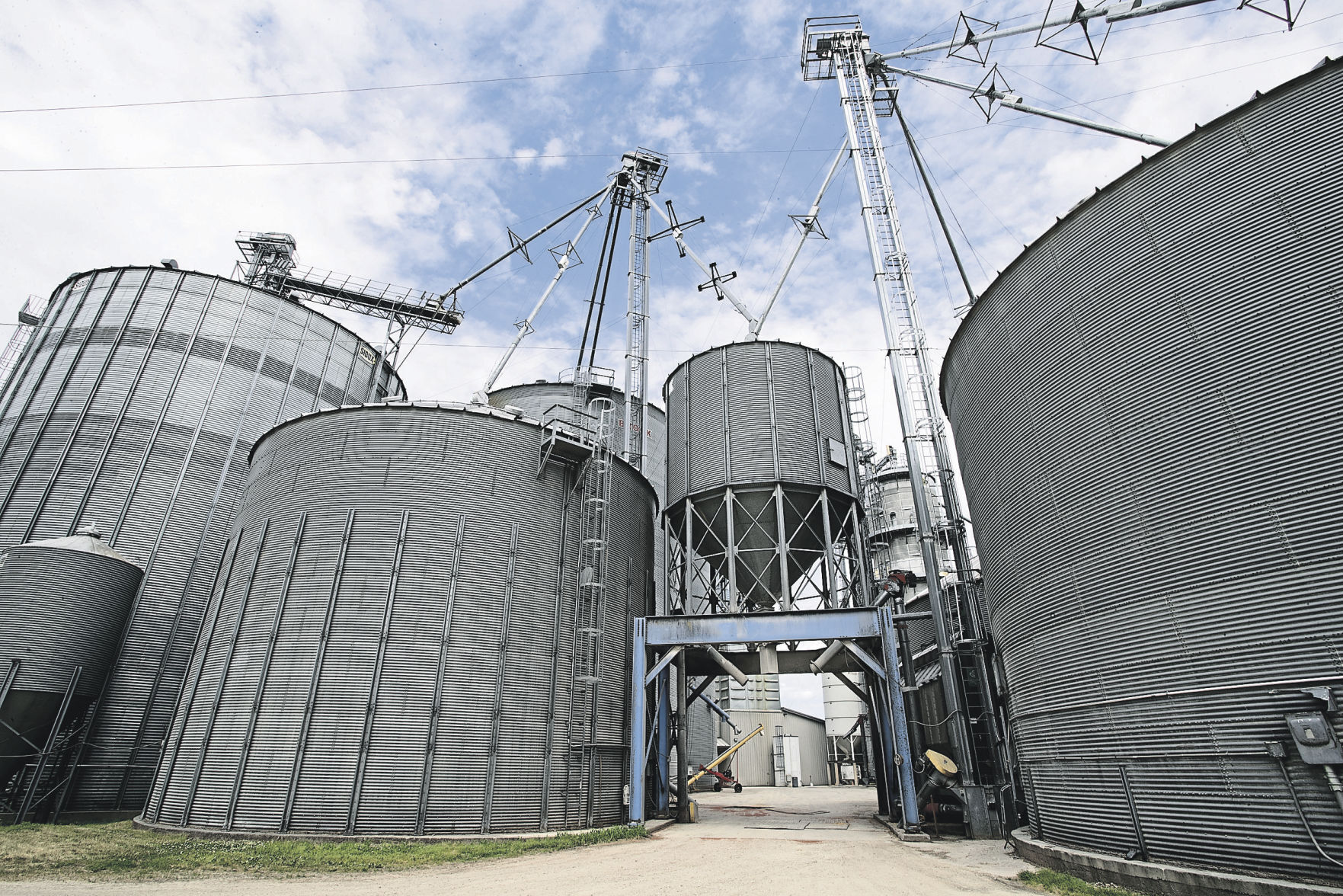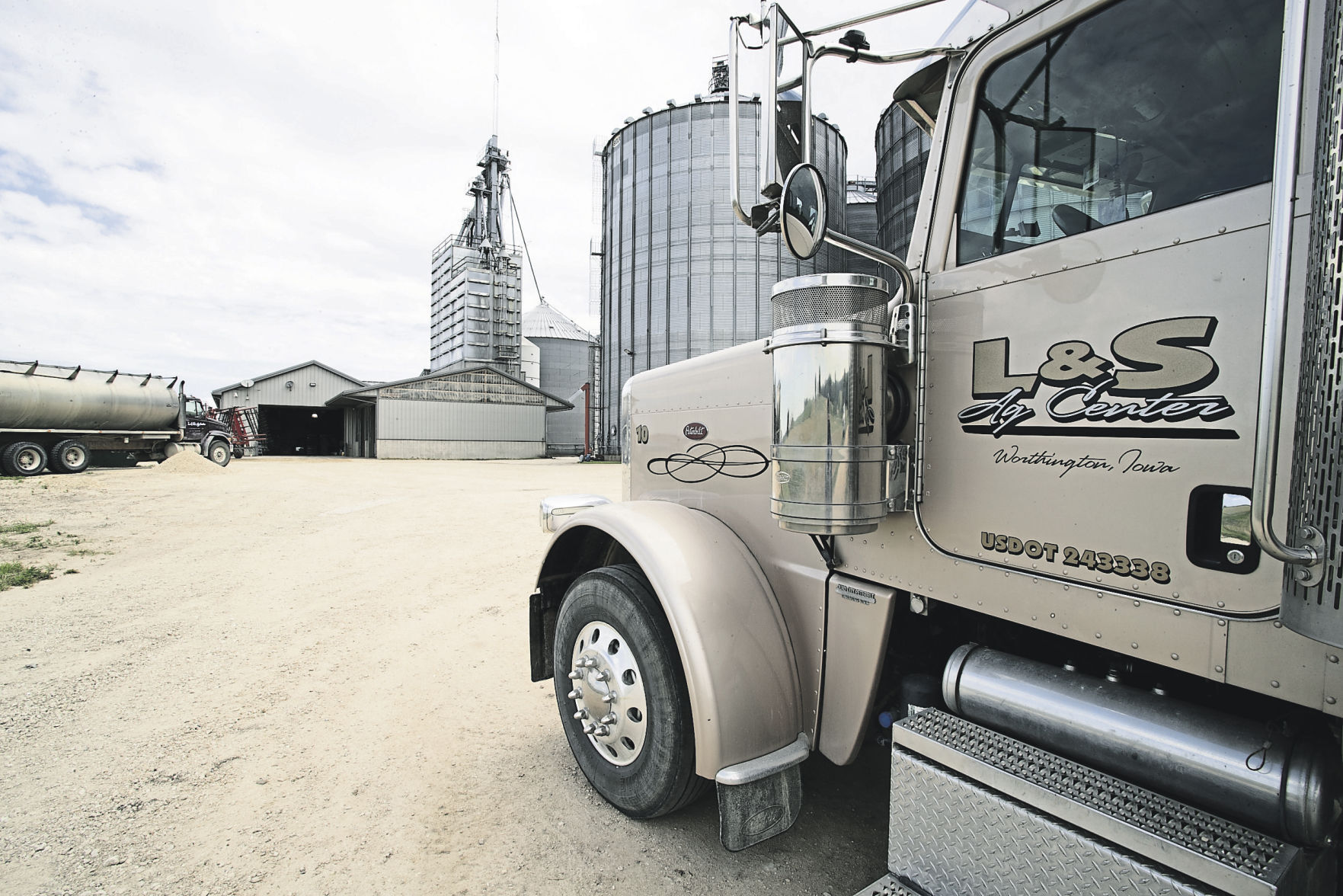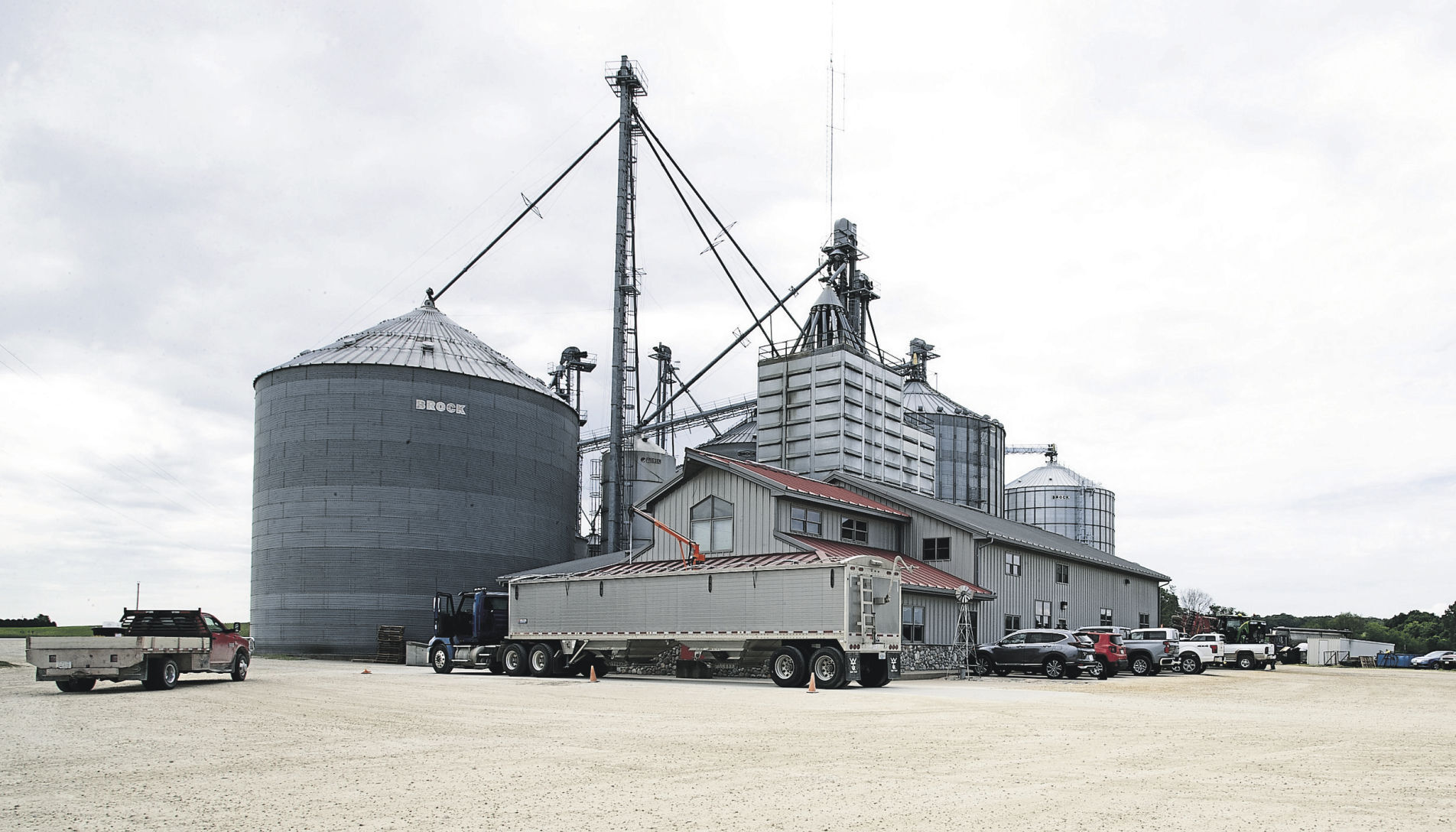Established: 1914; current name and operators since 1973
Address: 6079 Iowa 136, Worthington, Iowa.
President: Loras Wolfe
Employees: 13 full-time, number of part-time employees varies.
WORTHINGTON, Iowa — Loras Wolfe’s grandfather began selling feed to farmers in the Worthington area 107 years ago. Wolfe purchased the family business in 1973, and continues to make his mark on the Dubuque County community.
“He’s a big part of Worthington,” said Gary Lahr, a Worthington farmer who grows corn and soybeans and is a former president of the Dubuque County Farm Bureau. “It has been a family business, and in Loras’ time with it, he has made one hell of a business out of it.”
Wolfe’s L&S Ag Center is among the oldest existing businesses in the Worthington area, with the feed store’s lineage dating to 1914 and Wolfe’s grandfather, John Wolfe.
That original J.A. Wolfe Store carried “general merchandise,” which in those days meant a wide variety of goods, including groceries. The store also sold chickens, which prompted the first generation of the business to begin producing feed for sale. Agricultural services eventually became the business’ principal trade, as the store passed among generations of Wolfe family members.
“My uncle, Ben Loecke, bought (the business) in 1949,” said Loras Wolfe, 75.
Loras and his wife, Susan, became the third generation in the business by purchasing it in 1973, renaming it from Loecke Feed to its current L&S Ag Center. The Wolfe family relocated the business in 2002 a mile south of Worthington, on Iowa 136.
Worthington Mayor Gary Langel described Loras and his family as “the epitome of Worthington,” due to the family’s community involvement.
“Loras is very supportive of Worthington and our local nonprofit organizations, and he does it with a smile on his face,” Langel said. “I’ve known Loras since I was a little kid. I grew up on a farm about a mile from where the Wolfe family lived. When I was growing up on a farm, we patronized the ag center when it was in town.”
Langel said the store served as a community gathering space.
“In the front room there was a transaction counter, and on the other side of the room there were some tables and chairs,” Langel said. “The fathers went there for their morning gossip.”
When Loras took over the business in 1973, the store sold mostly bag and some bulk feeds, as well as seed and fertilizer.
Loras said he was able to maintain some previous contacts with farmers by the time of the 1973 purchase.
“Before I bought it, I used to sell seed corn,” he said. “I had a big territory east of here, so I knew all of those farmers east of here.”
Loras’ uncle had sold dry fertilizer. Loras added liquid fertilizer and his business began spraying fertilizer for local farmers.
“All of the sudden, the fertilizer business grew big because I knew all of these other people (from the seed corn business),” he said.
The business continued growing and Loras’ son, Jason, became involved. Representing the fourth generation in the business, Jason also farms in the area, as does Loras. At L&S Ag, Loras serves as the president of the company, with Jason, 47, serving as general manager.
Loras said adapting to changing agricultural business conditions prompted L&S Ag’s move to its current location about two decades ago.
“Farms were getting bigger and buying their own sprayers, and buying their own fertilizer directly,” he said. “I figured that I couldn’t do both (fertilizer and feed).”
The family sold off its fertilizer business in 2000 to concentrate on its feed and grain storage business.
“The things we couldn’t change, we divested of, and we adapted (to concentrate on) the feed and grain,” Jason said.
The family began building its current facility in 2000, constructing a feed mill in 2001.
Jason said the mill’s usual capacity is about 250 tons of ground feed per day.
“We’ve done as much as 400 tons (per day),” he said. “Those are the (working from) 8 o’clock (in the morning) to 10 o’clock (at night) days.”
The facility also has a 1.7-million-bushel storage capacity and the business delivers swine and dairy feed to farms within a 75-mile radius.
“When it’s really busy, we’ll have tractors and wagons and trucks backed out to the road,” Jason said.
Loras and Jason also spend the day routinely monitoring corn prices.
“You have to know when to buy it and sell it,” Jason said. “That’s how we make our profit. You get it bought and then hopefully you sell it for a little higher than what you bought it for.”


